Informal Introduction To Stochastic Calculus With Applications, An (Second Edition) (English Edition)
7 $
Type: PDF
Informal Introduction To Stochastic Calculus With Applications, An (Second Edition) (English Edition)
by Ovidiu Calin (Autor)
Introduction to Stochastic Calculus
Stochastic calculus is a branch of mathematics that deals with the study of stochastic processes. It is a powerful tool for modeling and analyzing random phenomena that evolve over time [1]. Stochastic calculus is an essential tool in fields such as finance, physics, engineering, and economics, where uncertainty plays a significant role. The goal of this calculus is to provide a rigorous mathematical framework for modeling and analyzing stochastic processes [2]. Stochastic calculus is not only a theoretical concept, but it also has practical applications. For instance, it is used in finance to price options and to model stock prices [3].
To understand stochastic calculus, one needs to have a good grasp of basic concepts and notations. The calculus uses concepts such as Brownian motion, Ito’s lemma, and stochastic integrals, among others [1]. These concepts are used to model and analyze stochastic processes. Additionally, there are notations unique to stochastic calculus, such as the Ito integral notation and the stochastic differential equation notation [4]. Mastery of these concepts and notations is crucial in understanding and applying stochastic calculus in various fields.
Stochastic calculus has numerous applications in different fields. For instance, in finance, it is used to model stock prices, interest rates, and credit risk [5]. In physics, it is used to model and analyze the behavior of particles in a medium [6]. In engineering, it is used to analyze signal processing, control systems, and communication systems [7]. In economics, it is used to model and analyze the behavior of financial markets and macroeconomic variables [3]. Therefore, understanding stochastic calculus is essential for anyone interested in modeling and analyzing random phenomena in various fields.
Stochastic Differential Equations
Stochastic differential equations (SDEs) are an important topic in stochastic calculus and have a wide range of applications in various fields, including finance, physics, and engineering. An SDE is a differential equation in which one or more of the terms is a stochastic process, resulting in a solution that is itself a stochastic process [8]. In the book “Informal Introduction to Stochastic Calculus with Applications,” author Ovidiu Calin provides a clear and concise definition and explanation of SDEs [9]. The book is aimed at senior undergraduate and master’s students in mathematics, economics, and related fields [10].
The book covers basic concepts and notations related to SDEs, including stochastic integration and differentiation, properties of stochastic processes, and useful stochastic processes [11]. Calin’s approach is to present stochastic calculus at an introductory level, without getting bogged down in mathematical detail [1]. This makes the book accessible to students who may not have a strong background in mathematics but are interested in learning about SDEs and their applications [7].
The applications of SDEs are numerous and diverse. They are used in finance to model stock prices and interest rates, in physics to describe the motion of particles in a fluid, and in engineering to study the behavior of complex systems [12]. The book “Informal Introduction to Stochastic Calculus with Applications” provides examples of these applications and demonstrates how SDEs can be used to model real-world phenomena [13]. Overall, the book is a valuable resource for anyone interested in learning about SDEs and their applications.
Advanced Topics in Stochastic Calculus
An Informal Introduction to Stochastic Calculus with Applications, Second Edition, is a book that introduces stochastic calculus at an introductory level, making it accessible to senior undergraduate and master students with a background in mathematics, economics, and finance [1]. The author, Ovidiu Calin, aims to capture the spirit of elementary deterministic calculus, at which students have already been exposed [14][3]. The book is well-received by readers, with reviews praising its ability to introduce the necessary notions in an understandable way [3][7].
One of the advanced topics covered in the book is stochastic integration, which is a fundamental tool in stochastic calculus. Stochastic integration is used to define stochastic processes, which are essential in modeling random phenomena in various fields, such as finance, physics, and engineering. The book provides a clear and straightforward introduction to stochastic integration, making it easier for readers to understand the more advanced topics covered in the book.
Another advanced topic covered in the book is Itô’s Lemma, which is a key result in stochastic calculus. Itô’s Lemma is used to solve stochastic differential equations, which are crucial in modeling random processes. The book explains Itô’s Lemma in a concise and understandable way, making it accessible to readers who may not have a background in advanced mathematics. The book also covers the Black-Scholes model and option pricing, which are important applications of stochastic calculus in finance. Overall, An Informal Introduction to Stochastic Calculus with Applications, Second Edition, is a valuable resource for anyone interested in learning about stochastic calculus.
Product Details
Product Details
- Publisher : WSPC; 2nd edition (29 Dec. 2021)
- Language : English
- Digital eBook : 510 pages
- ISBN-10 : 9811247099
- ISBN-13 : 978-9811247095
Be the first to review “Informal Introduction To Stochastic Calculus With Applications, An (Second Edition) (English Edition)” Cancel reply
You must be logged in to post a review.
Related Products
Medical Book
Medical Book
Medical Book




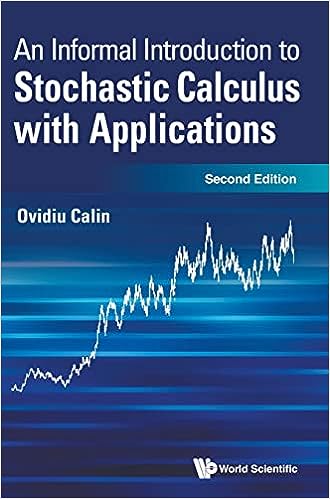
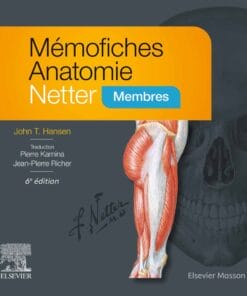

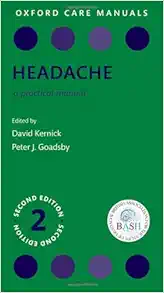
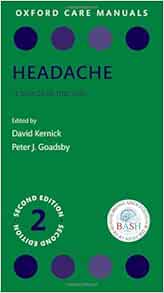



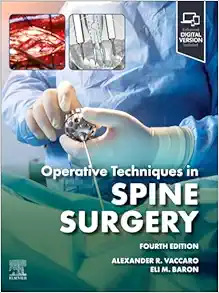

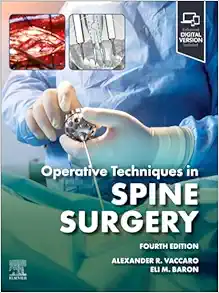

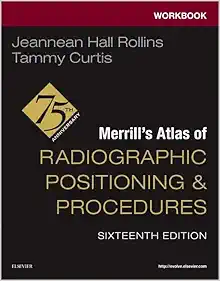







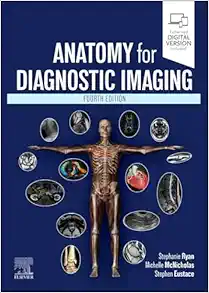












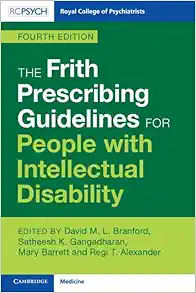






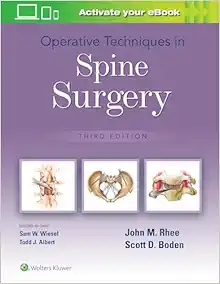





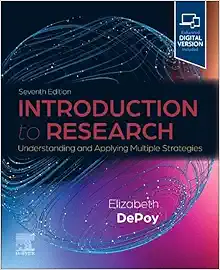
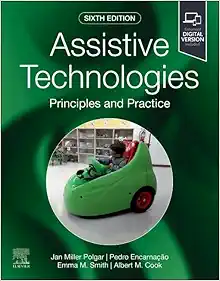

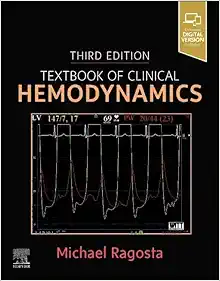
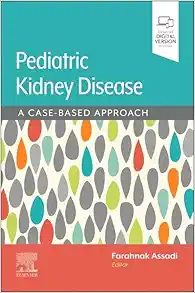




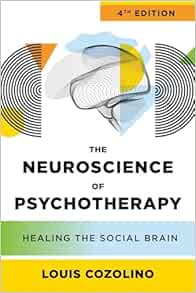















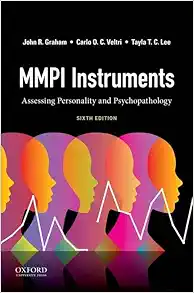
















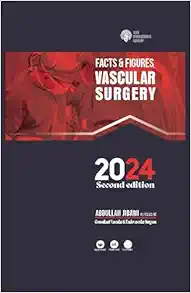












Reviews
There are no reviews yet.